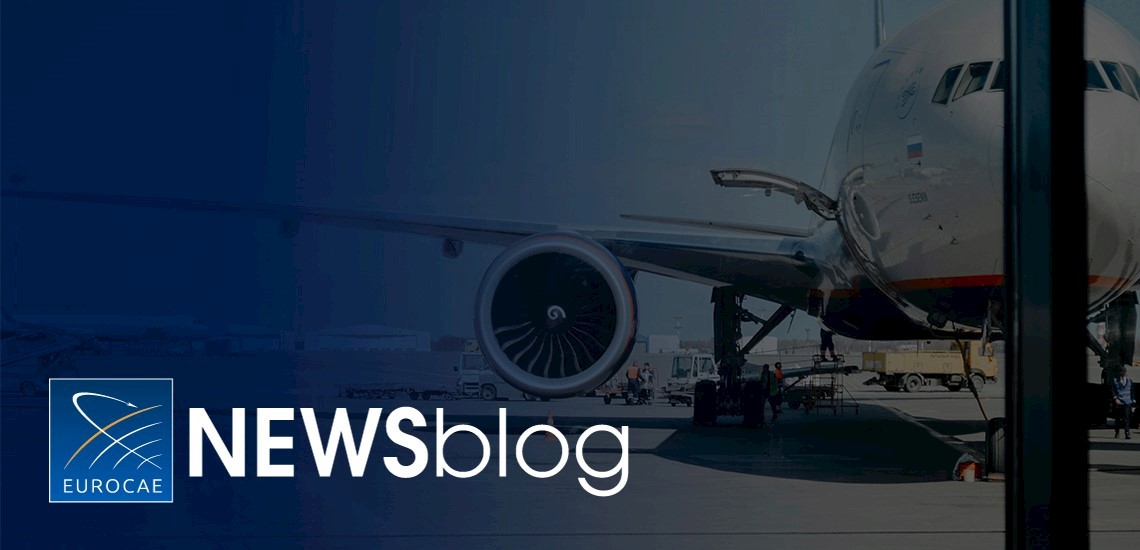Hot off the press: the latest EUROCAE Broadcast is out now! Here's a sneak peek of what’s inside:
News
Welcome to our news feed - your one stop shop to keep up to date with all the latest aviation developments.
AI in Aviation - EUROCAE WG-114 Video Series - Episode 9
In this episode, we take a deep dive into: Traceability between ED-324/ARP6983 and EASA AI Concept Paper, and systems considerations.
New Publication: ED-335 "MASPS for AIS and MET Datalink Services"
We are pleased to announce the publication of ED-335 "MASPS for AIS and MET Datalink Services".
Open Consultation for ED-77B
You are invited to review the proposed draft on the EUROCAE workspace and complete the comment form.

NEWSblog March 2025
Read the March NEWSblog here.
NATO’s New Study on Future Aeronautical Navigation Technologies
EUROCAE is pleased to share information on a new NATO initiative: the NIAG Study on Aeronautical Navigation – Future Technologies. This project, launched under the NATO Industrial Advisory Group (NIAG), aligns with our ongoing collaboration with NATO’s Armament & Aerospace Capabilities Directorate through our Technical Cooperation Arrangement.
New Publication: ER-036 "Report on Aeronautical RF Systems, their Regulatory Framework, and Operational Considerations"
We are pleased to announce the publication of ER-036 "Report on Aeronautical RF Systems, their Regulatory Framework, and Operational Considerations".
Call for Experts: New WG-133 'GNSS Multi Elements Antenna'
GNSS antennas are significant contributors to GNSS aviation performance. This Working Group is tasked with the development of standards supporting Controlled Radiation Pattern Antenna (CRPA) technology. This new work will increase GNSS reliability and resilience when used in aircraft operations, while aiming at avoiding changes of receiver specifications.
Call for Experts: WG-76 'AIS/MET Datalink Services'
EUROCAE WG-76 and RTCA SC-206 have published ED-335/DO-364A “Minimum Aviation Systems Performance Standard (MASPS) for AIS/MET Data Link Services”. This Standard contained requirements for 11 services used for the exchange of AIS and meteorological information. One of the services is the Emergency Diversion Service (EDS).
Call for Experts: New WG-132 'Automated Aircraft Inspection'
The aviation industry has begun testing the capabilities of small Unmanned Aircraft Systems (sUAS) for aircraft maintenance. However, there is little industry guidance on the equivalence of using such a tool in place of physical aircraft inspections.